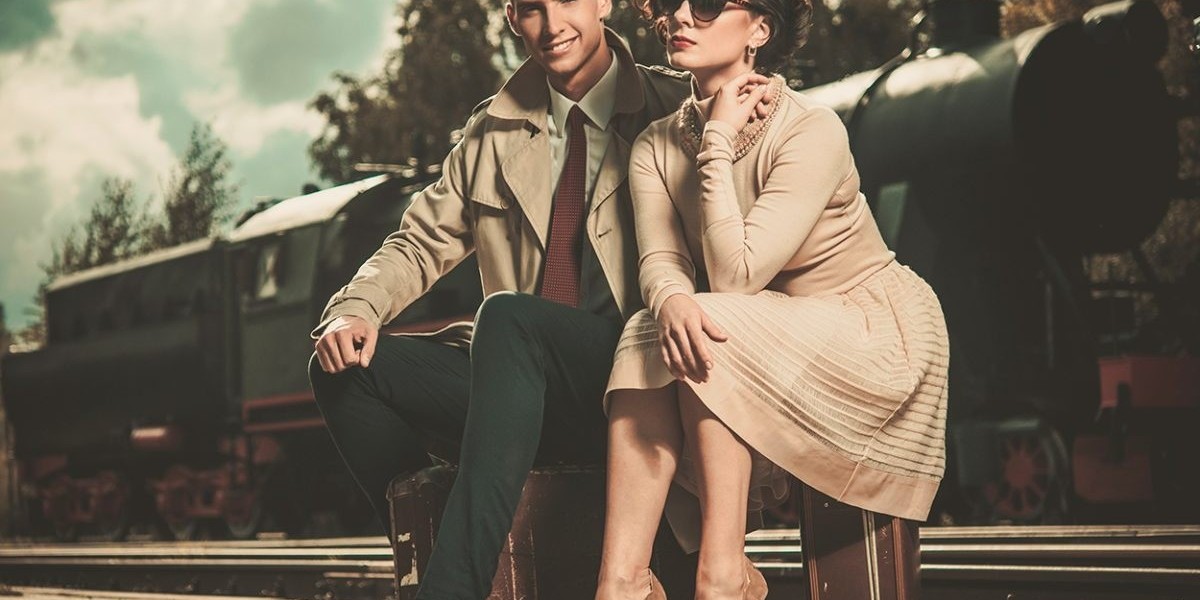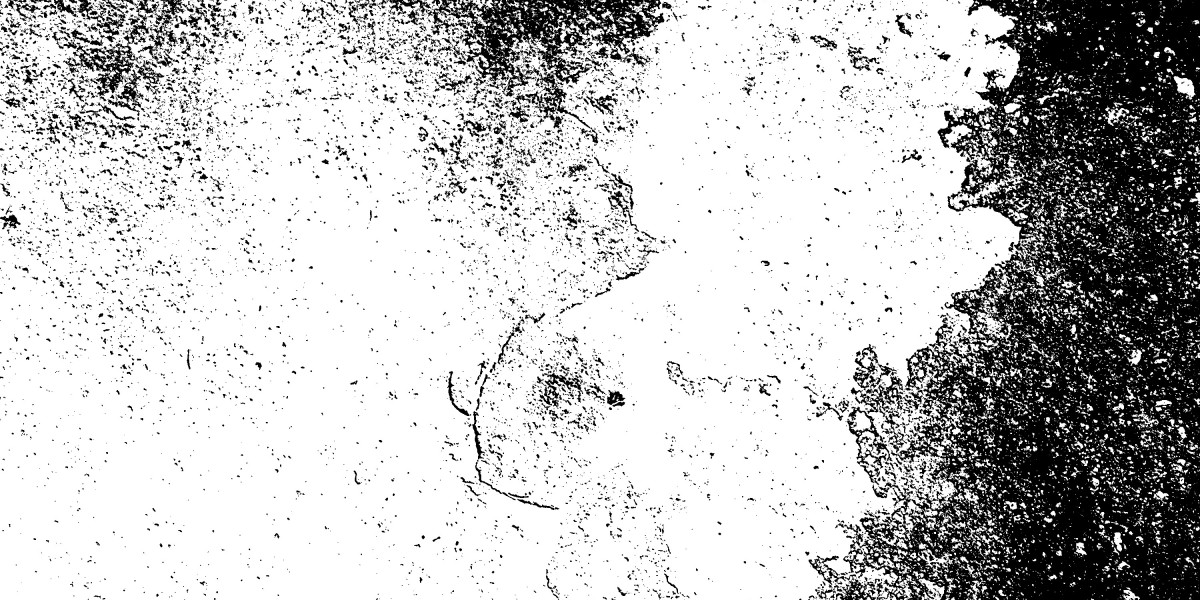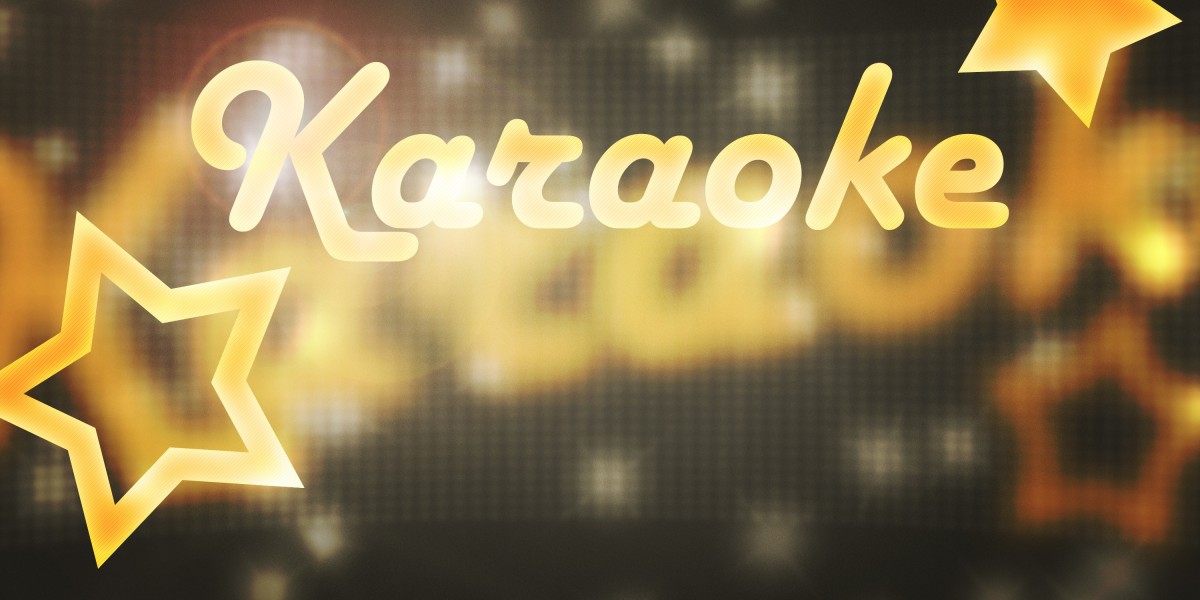The world of photography evolves every year, yet some trends return with more depth and emotion than before. In 2025, the global creative community witnessed a renewed interest in film cameras, analog processes, and nostalgic visual aesthetics. This shift was not accidental. It emerged from a growing desire for authenticity, texture, and intentional craftsmanship. As digital tools continue to expand their reach, people increasingly search for visual experiences that feel personal and imperfect in meaningful ways. This cultural change pushed Retro Photography Styles back into mainstream creative spaces.
Film photography once dominated visual culture. It shaped memories, magazines, and family albums for decades before digital formats took over. Today, the rediscovery of film seems fresh to younger audiences and comforting to older generations. New creators appreciate the limitations of analog mediums, which allow them to slow down and think before pressing the shutter. Meanwhile, seasoned photographers return to film to reconnect with the process that helped them understand light, composition, and storytelling.
This revival is not limited to professional artists. Casual creators also explore film-like effects, grain overlays, and vintage tones across social platforms. These visual choices serve as reminders of an era when photographs carried weight and emotional value. Although the tools have changed, the essence of intentional image creation remains the same.
Why Film Photography Is Making a Strong Comeback
The return of film photography represents more than a trend. It reflects deeper shifts in global behavior, consumer choices, and creative expression. People seek experiences that feel real and tactile. Film provides that sense of connection because each shot matters. Every frame carries the possibility of unpredictability, and this charm draws new generations into analog workflows.
Several factors contribute to the renewed popularity of film:
Digital fatigue increased as people spent more time on screens.
Younger audiences wanted to explore slower, purposeful creative practices.
Influencers promoted film stocks, vintage lenses, and manual cameras.
Artists desired aesthetics impossible to recreate digitally.
Retro culture returned across fashion, music, and design.
Together, these elements created fertile ground for the re-emergence of Retro Photography Styles, making them relevant again in modern storytelling.
The Cultural Influence Behind Retro Aesthetics
Culture plays a critical role in shaping visual trends. As societies rediscover older art forms, photographers follow by embracing styles that evoke simplicity. Vintage colors, faded textures, and imperfect frames create emotions associated with memory. These styles remind viewers of photo albums kept in living rooms, polaroids clipped on walls, and cameras passed down through generations.
Moreover, global media revived interest in retro visuals. Films and series using analog-inspired color palettes inspired photographers to recreate similar atmospheres. Music videos also reintroduced grain-filled footage, contributing to a wider acceptance of nostalgic visuals. These influences merged, making Retro Photography Styles more relevant than ever.
The Role of Social Media in the Retro Revival
Social platforms shape modern photography. When users search for inspiration, they encounter film-like photos shared by creators worldwide. Grain-heavy images, soft color tones, and vintage borders gained massive attention. These visuals stood out in feeds dominated by modern digital clarity.
Additionally, creators discovered that film-inspired posts generate higher emotional engagement. Viewers appreciate visuals that feel warm and real. This feedback loop encouraged photographers to experiment more. Whether using actual film cameras or digital presets, the demand for vintage looks increased rapidly.
Platforms like Instagram, Pinterest, and TikTok also promoted nostalgic imagery through algorithm-based recommendations. As more people interacted with film aesthetics, these posts reached wider audiences. This cycle helped solidify Retro Photography Styles as a major trend rather than a temporary interest.
Film Cameras, Old Lenses, and the Craft of Manual Shooting
Photographers who embrace film often explore entire ecosystems of vintage gear. Classic lenses with manual focus rings and unique optical properties create distinct results. Each lens carries a different personality shaped by age, glass composition, and design. These lenses soften highlights, add halation, and produce a unique charm that modern digital lenses rarely match.
Film cameras also vary widely. Point-and-shoot models offer convenience, while SLRs give full manual control. Medium format cameras produce high detail with smooth tones. Rangefinders encourage a more intimate shooting experience. These variations help photographers build personal workflows that align with their style.
However, shooting film introduces constraints. You cannot review images instantly. You work with limited exposures. You carefully load the roll and protect it from light leaks. These limitations push creators to think more deeply. As a result, each frame carries intentional value, adding depth to their storytelling.
Digital Tools that Imitate Film Aesthetics
Not everyone shoots film physically. Many rely on digital tools that replicate analog looks. These tools offer control without the cost of film processing. Creators appreciate the flexibility and affordability of digital systems, especially when working on tight schedules.
Photographers use several methods to reproduce the charm of Retro Photography Styles digitally:
Applying grain overlays
Adjusting tones to mimic vintage film stocks
Adding soft bloom to highlights
Using color grading techniques inspired by analog images
Employing film simulations built into modern cameras
These techniques allow creators to experiment without committing to analog processes. Although purists argue that digital simulations cannot fully replace film, they still have a strong place in modern photography.
The Rising Cost and Accessibility Gap in Film Photography
While film photography grows in popularity, it also becomes more expensive. The production of film rolls decreased over the years, leading to a reduction in supply. Many manufacturers struggle to meet global demand, causing prices to rise. Developing and scanning costs also increased, especially in regions with fewer labs.
These financial barriers push some creators toward digital solutions. They adopt hybrid workflows, combining digital shooting with analog-style post-processing. Others explore budget-friendly cameras or experiment with expired films for unusual effects.
The price gap between new film gear and old cameras also widened. Vintage models in good condition often cost significantly more than before. Even simple point-and-shoot cameras became collector items, making them harder to find at reasonable prices.
This situation encourages more creativity. Photographers learn to use what they already own or explore lesser-known brands. The diversity keeps Retro Photography Styles interesting and evolving.
The Digital Market Shift and Global Pricing
The overall camera market continues to evolve. Digital gear remains accessible, and online platforms offer multiple price options. In regions where film is expensive, creators lean toward digital systems that provide flexibility and lower long-term costs.
This shift influences purchasing decisions. Many compare prices before deciding which medium to pursue. At times, conversations around digital gear naturally lead to related searches like camera price in pakistan, especially when photographers want to explore affordable alternatives that still deliver strong performance. These comparisons become part of the wider discussion about the cost of pursuing photography in different formats.
Retro Aesthetics in Commercial Photography
Commercial industries also embrace retro looks. Brands use vintage colors and analog-inspired compositions to evoke nostalgia. This strategy helps them connect emotionally with audiences. Retro themes appear in advertising campaigns, product shoots, and even editorial covers.
These qualities help brands build trust. Retro visuals remind people of simpler times, making campaigns feel more relatable. As a result, Retro Photography Styles influence many sectors, from fashion to lifestyle marketing.
The Middle Ground: Modern Cameras with Vintage Output
Modern cameras now include features that support analog-inspired photography. Many models offer film simulation modes, allowing photographers to create vintage tones directly in-camera. These modes reduce editing time and give creators more control over their aesthetic goals.
Manufacturers also experiment with compact cameras designed to imitate analog experiences. These devices combine digital reliability with classic design. Their consistency attracts creators who want the feel of analog without the limitations.
During research, many creators compare digital systems and action cameras, especially when exploring dynamic shooting options. Some even check details like gopro price in pakistan while considering compact video tools that complement their photography setup. These comparisons often arise naturally when building a versatile creative kit that supports different styles, including nostalgic visuals.
Why Retro Photography Resonates with Modern Viewers
Audiences crave emotional depth. In an age where crisp digital images dominate, retro visuals offer a refreshing change. They evoke memory, warmth, and imperfection. These qualities resonate with viewers who want content that feels human.
Retro images often carry subtle storytelling elements:
Soft focus creates dreamy atmospheres
Grain adds texture and character
Muted colors evoke timelessness
Light leaks introduce spontaneity
Vintage framing creates cinematic appeal
These traits contribute to the growing demand for analog-inspired art.
The Future of Retro Photography
The return of film and retro visuals shows no signs of slowing down. Younger creators continue exploring analog workflows. Brands incorporate nostalgic aesthetics into campaigns. Social platforms highlight vintage images more frequently.
The future of Retro Photography Styles will likely evolve through:
Hybrid workflows mixing film and digital
Increased interest in alternative processing methods
More digital tools designed to simulate analog results
Rising community support for film preservation
Wider education about retro techniques
This evolution ensures that retro visuals remain relevant while adapting to new technologies and creative expectations.
Conclusion
The resurgence of film and nostalgic imagery brings depth to modern photography. Creators embrace slow, intentional processes that allow them to reconnect with the craft. Film offers unique colors, textures, and emotions that digital mediums often struggle to replicate. Meanwhile, digital tools help expand the possibilities of retro-inspired visuals.
As global interest continues to rise, Retro Photography Styles shape both personal creativity and professional work. The return of analog aesthetics reflects a broader cultural shift toward authenticity and meaningful expression. In a fast-paced digital world, the warmth of retro photography reminds us that beauty often lies in imperfections, and that storytelling thrives when we slow down and appreciate each frame.



